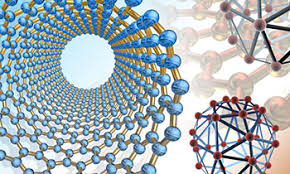Mechanical and Materials Engineering, Department of

Department of Mechanical and Materials Engineering: Faculty Publications
Document Type
Article
Date of this Version
1991
Abstract
X-ray diffraction from a synchrotron source was employed in an attempt to identify the crystal structures in zirconia ceramics produced by the sol-gel method. The particles of chemically precipitated zirconia, after calcination below 600 °C, are very fine, and have a diffracting particle size in the range of 7-15 nm. As the tetragonal and cubic structures of zirconia have similar lattice parameters, it is difficult to distinguish between the two. The tetragonal structure can be identified only by the characteristic splittings of the Bragg profiles from the "c" index planes. However, these split Bragg peaks from the tetragonal phase in zirconia overlap with one another due to particle size broadening. In order to distinguish between the tetragonal and cubic structures of zirconia, three samples were studied using synchrotron radiation source. The results indicated that a sample containing 13 mol % yttria-stabilized zirconia possessed the cubic structure with ao — 0.51420 ± 0.00012 nm. A sample containing 6.5 mol % yttria stabilized zirconia was found to consist of a cubic phase with ao — 0.51430 ± 0.00008 nm. Finally, a sample which was precipitated from a pH 13.5 solution was observed to have the tetragonal structure with ao = 0.51441 ± 0.00085 nm and co = 0.51902 ± 0.00086.


Comments
Published in Journal of Materials Research Vol. 6, No. 6, Jun 1991. Used by permission.